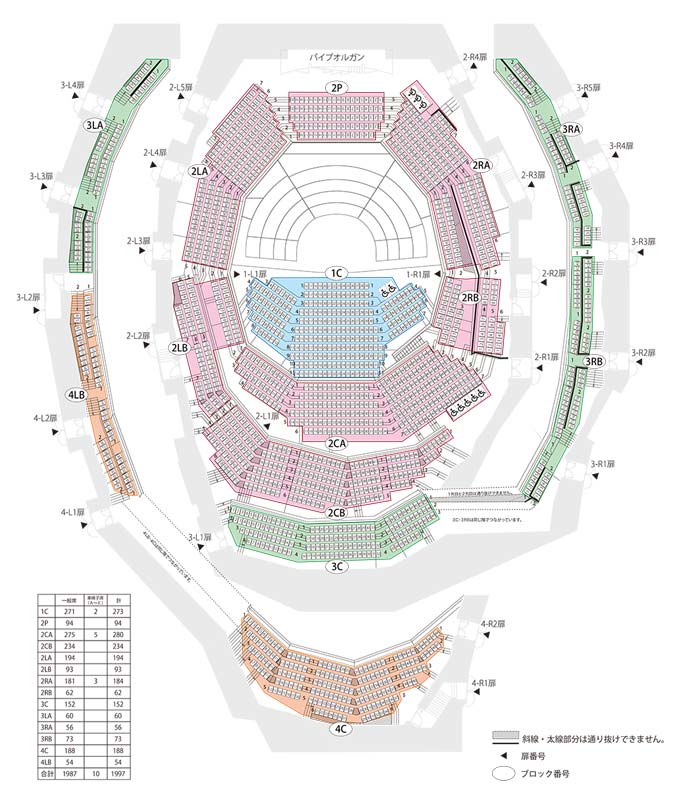Seating Plan
![]() Click camera icon for sample view
Click camera icon for sample view
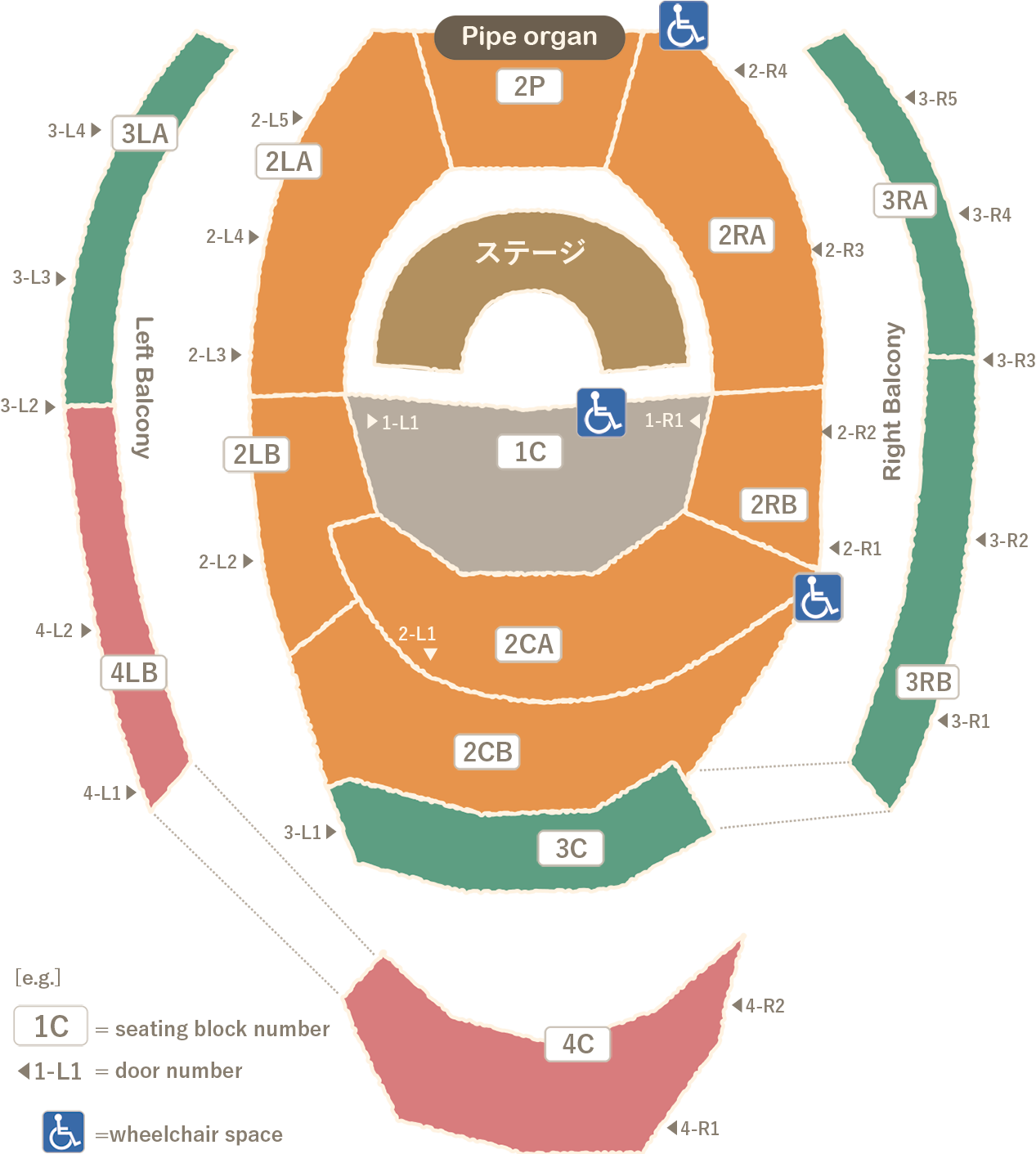
- 3RA Area Camera button
- 3LA Area Camera button
- 2P Area Camera button
- 2LA Area Camera button
- 2RA Area Camera button
- 2LB Area Camera button
- 1C Area Camera button
- 2RB Area Camera button
- 1C-1 Area Camera button
- 3RB Area Camera button
- 2CA Area Camera button
- 2CA-1 Area Camera button
- 4LB Area Camera button
- 2CB Area Camera button
- 3C Area Camera button
- 4C Area Camera button
- 4C-1 Area Camera button
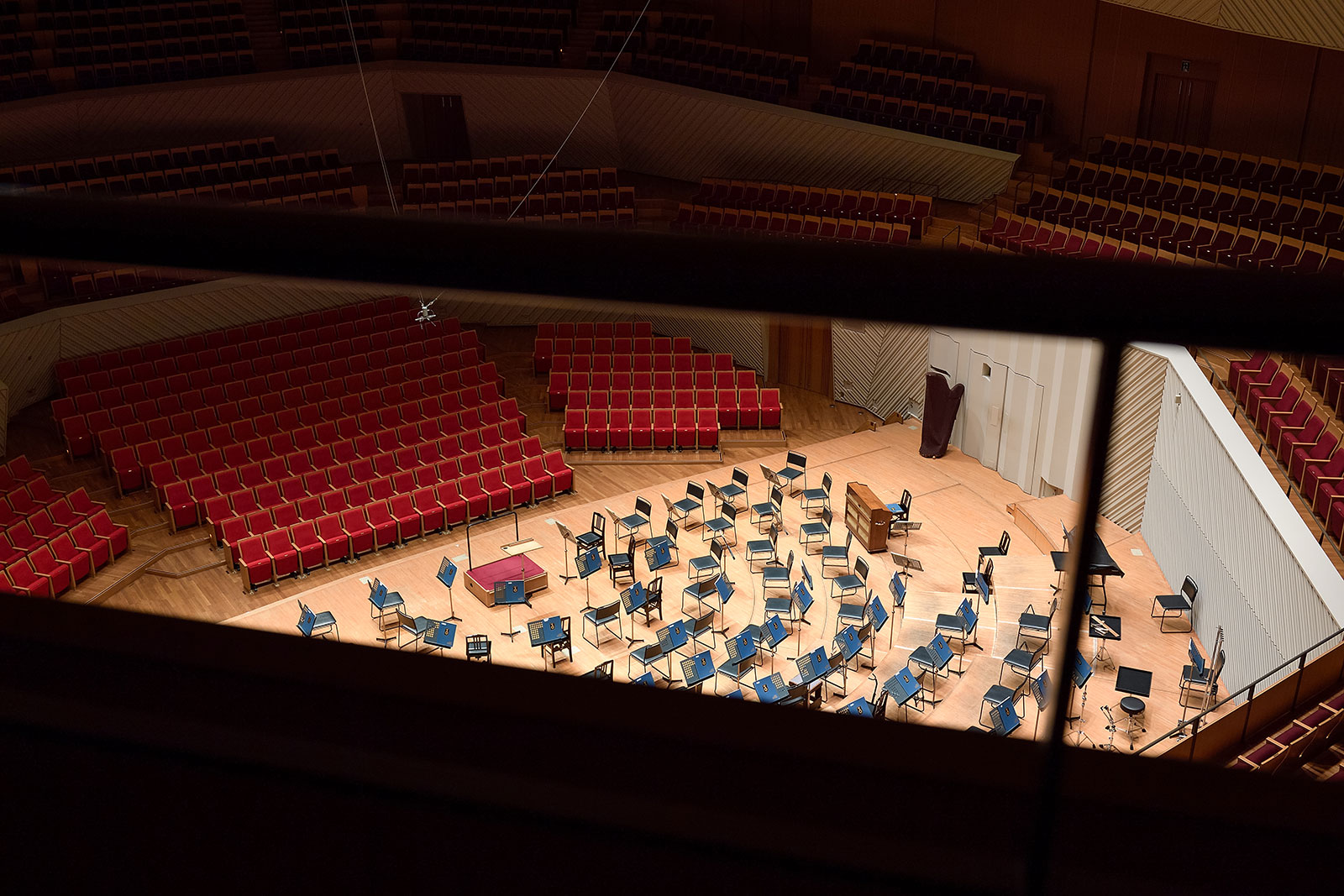
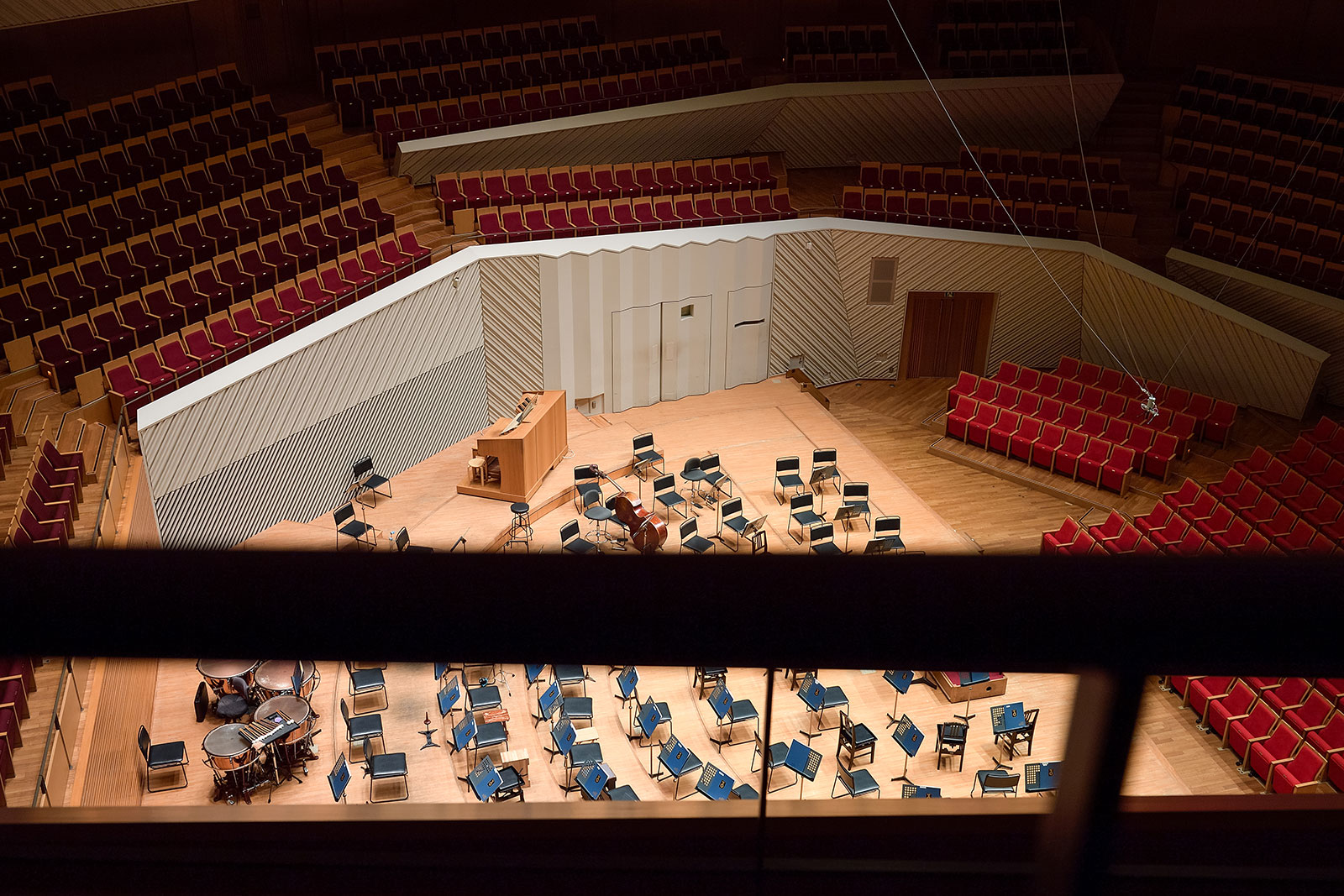
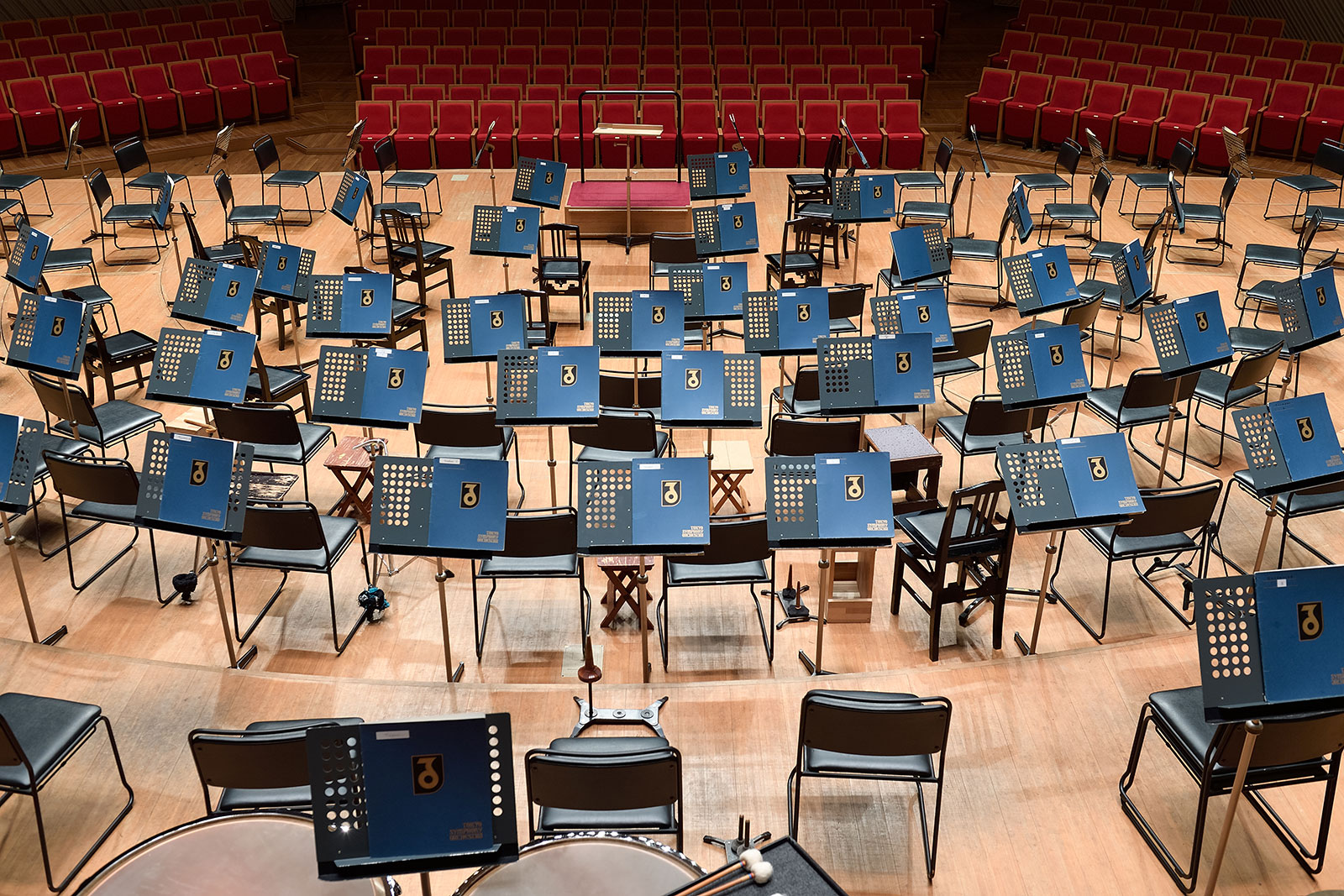
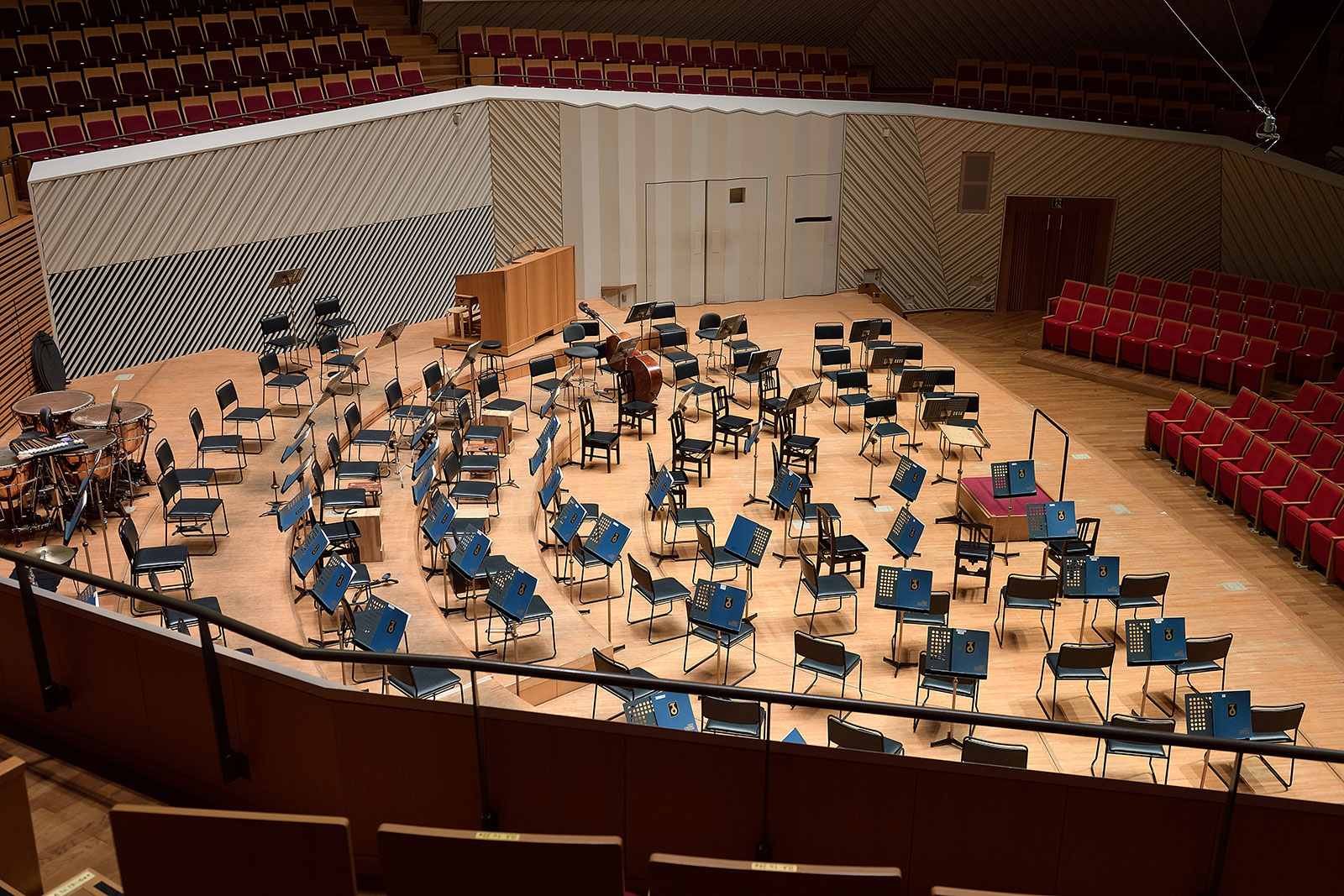

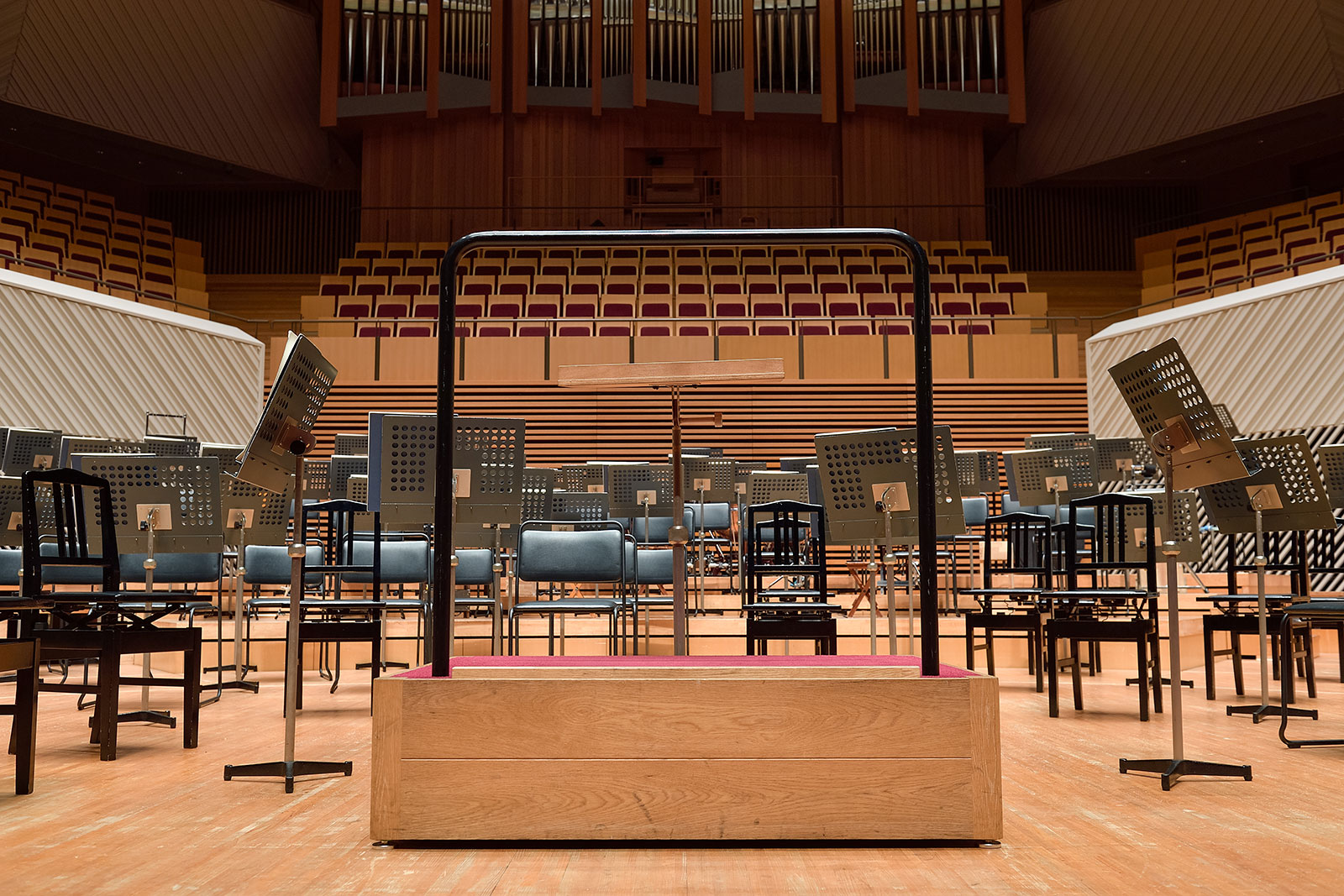

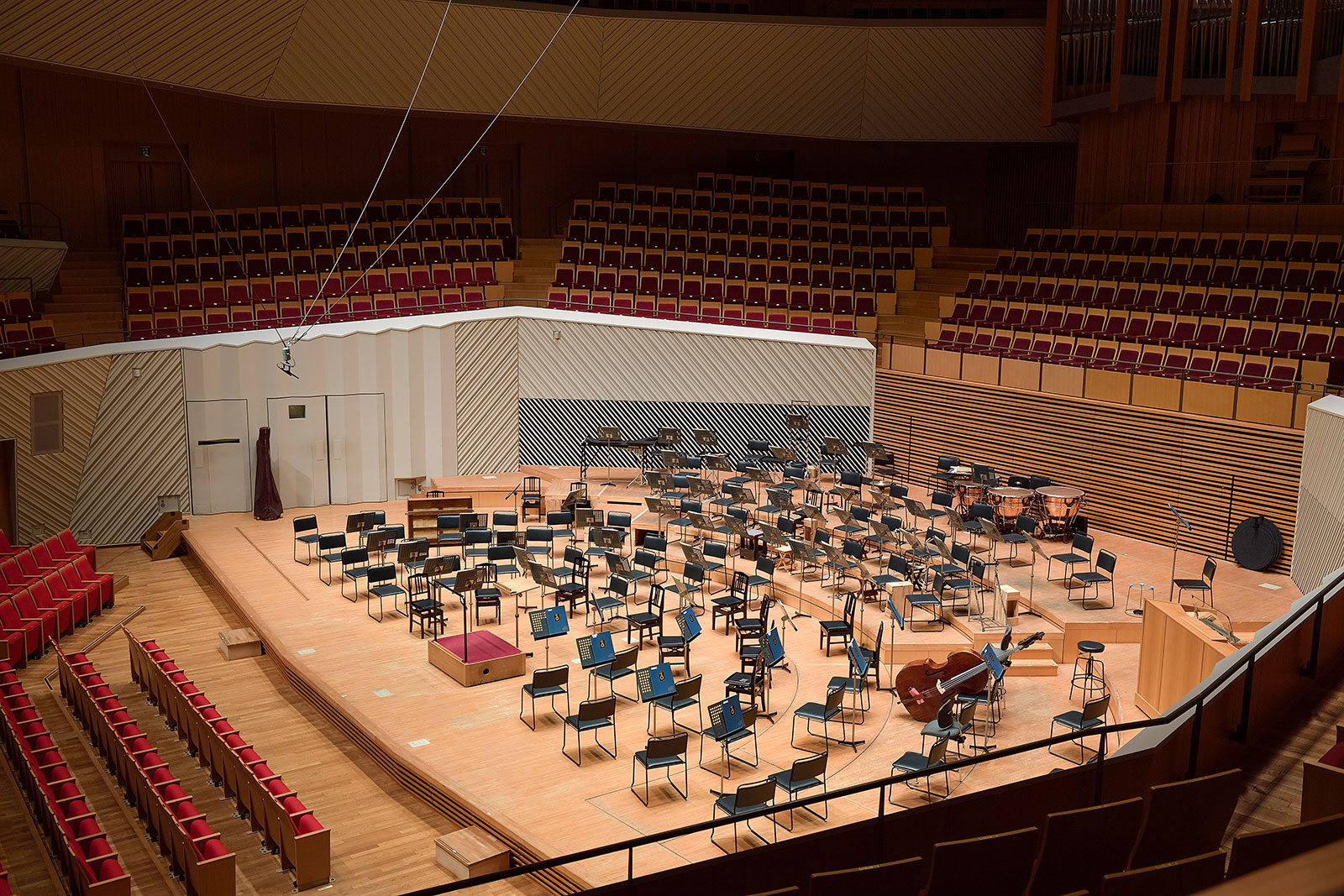
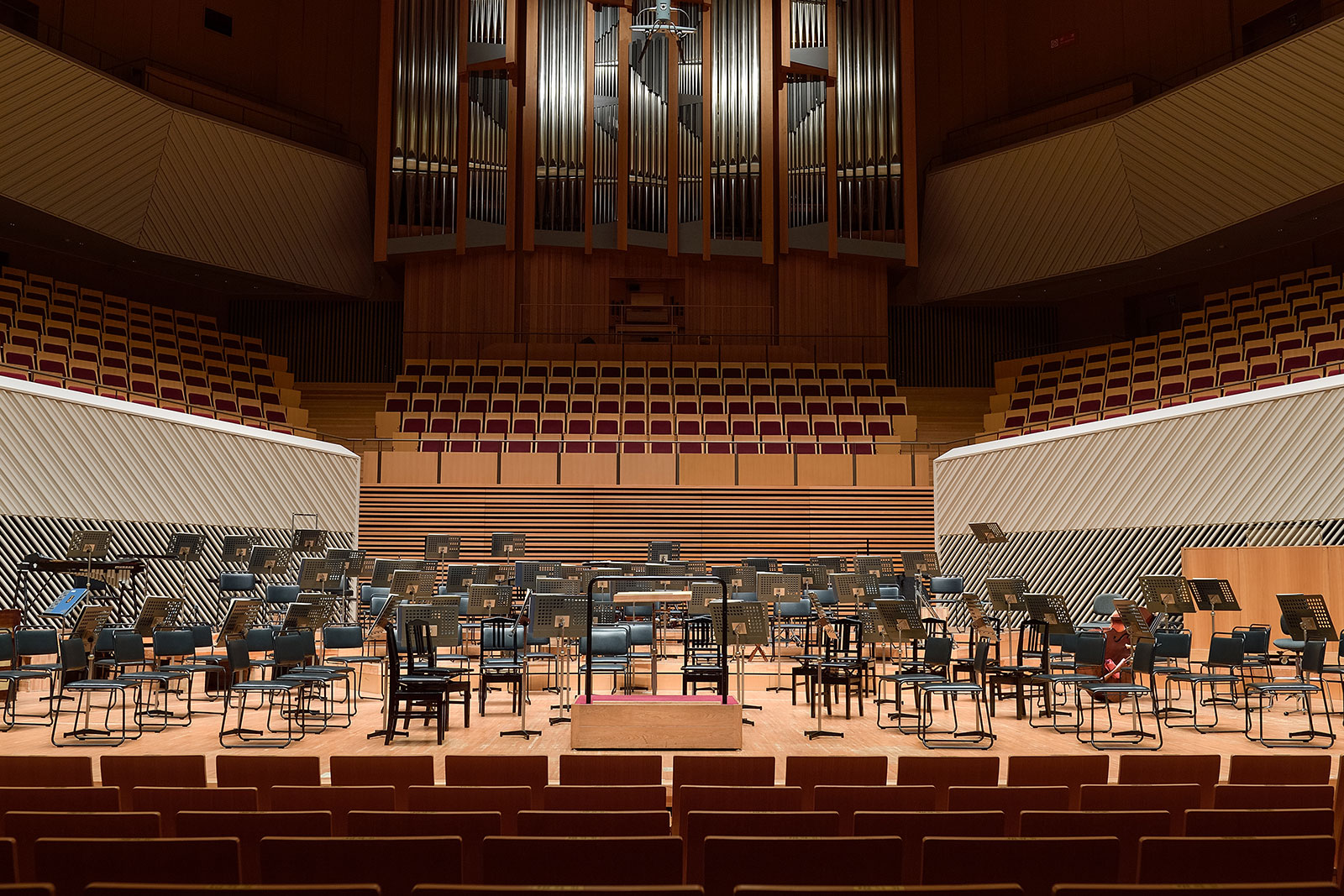
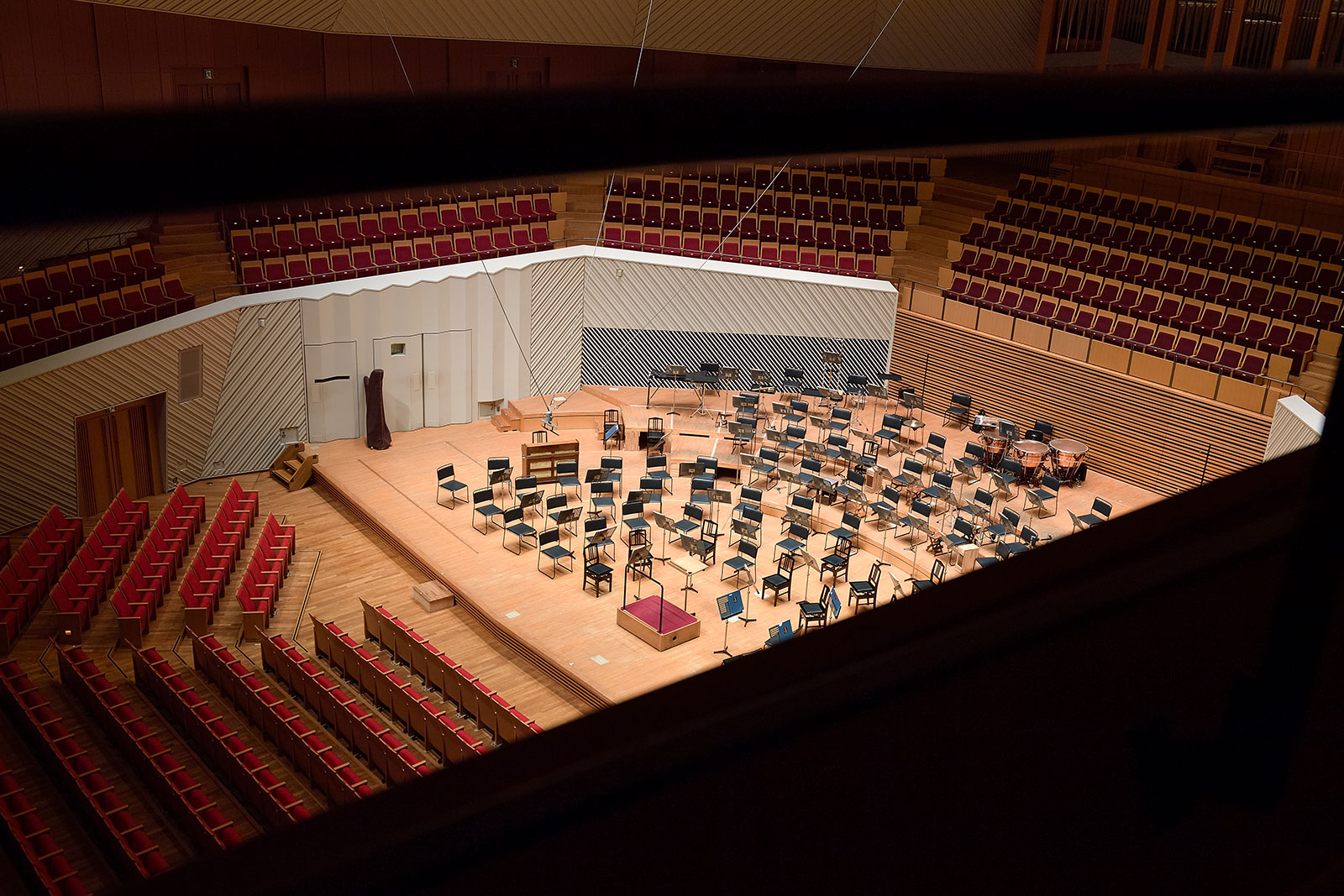
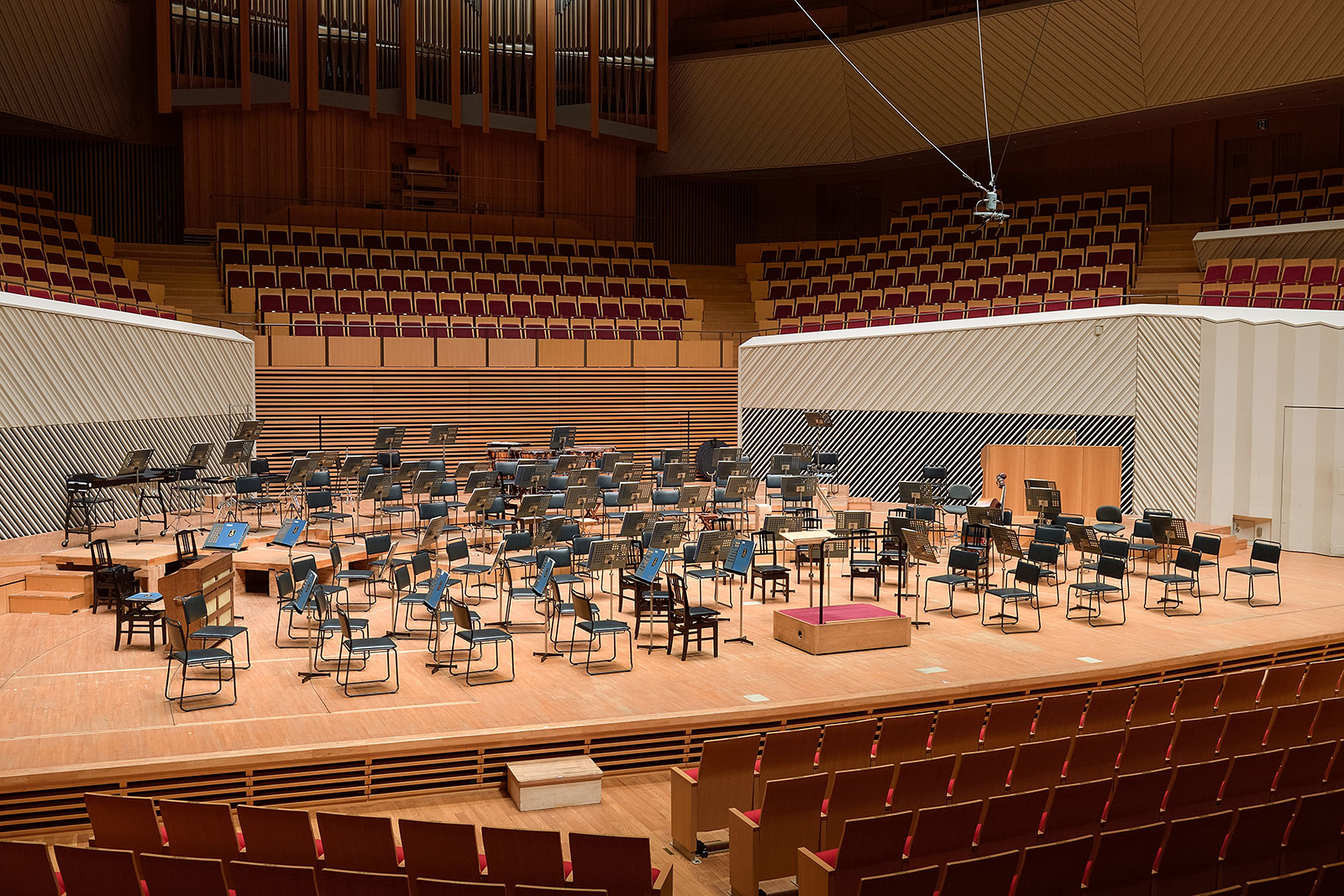
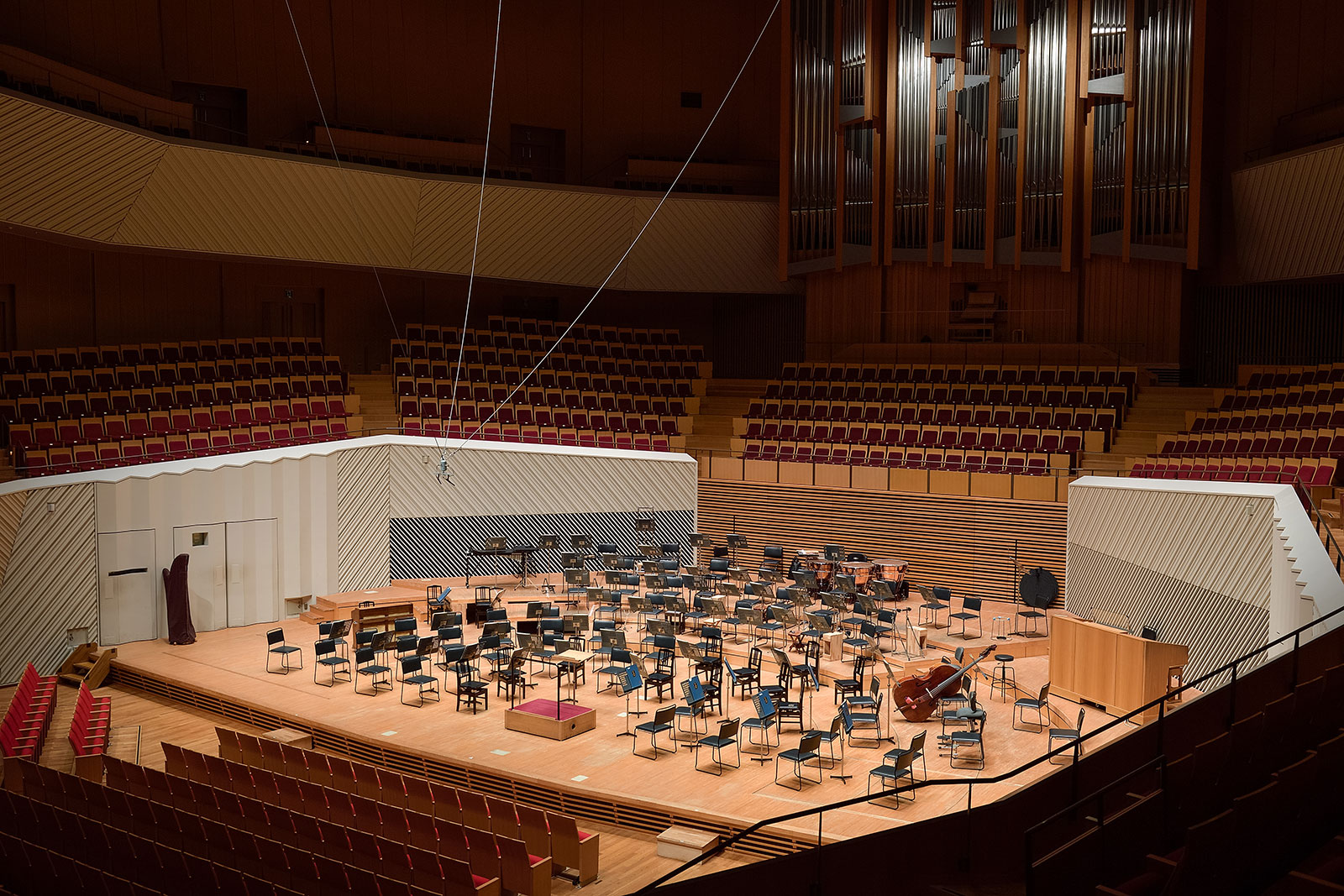
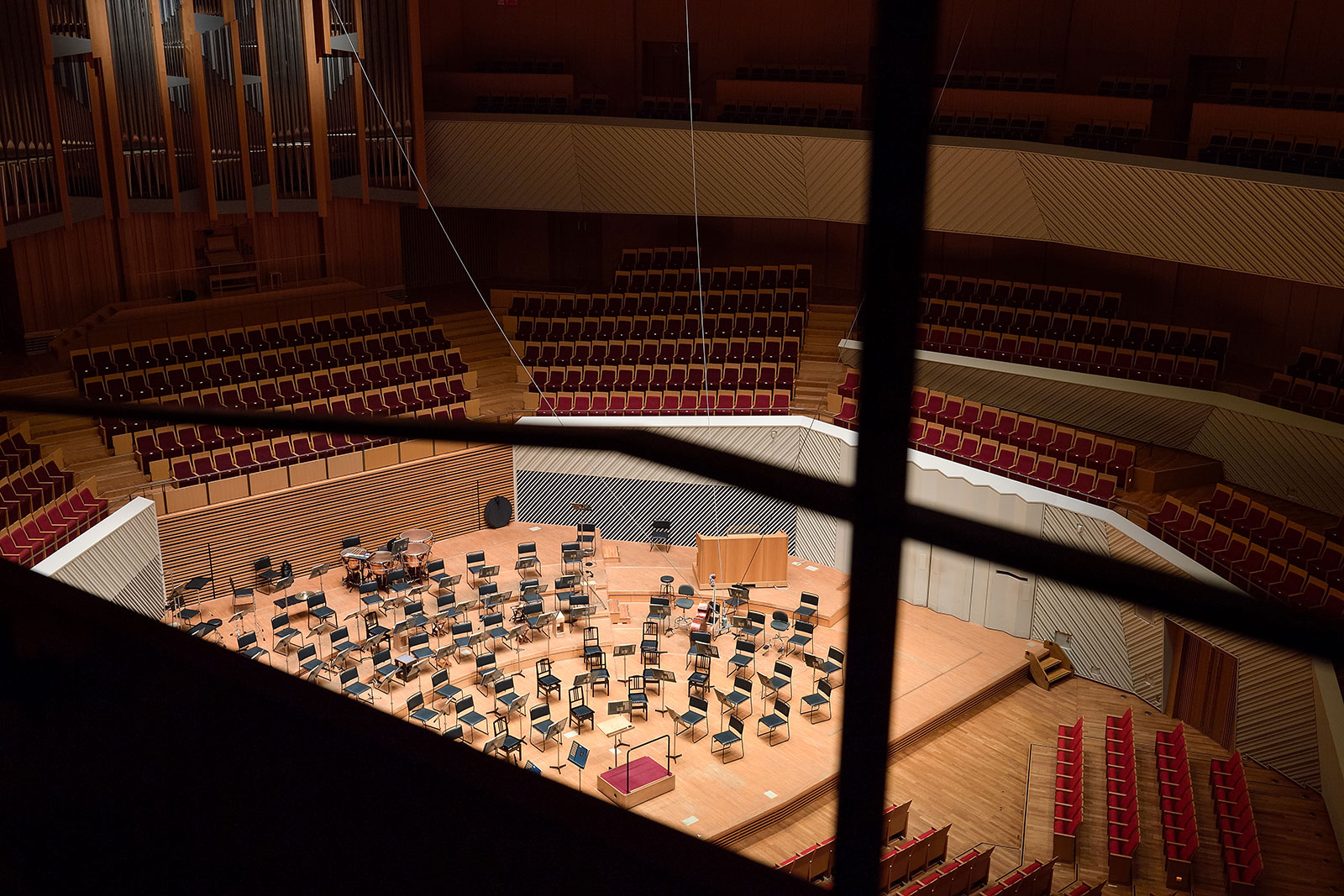
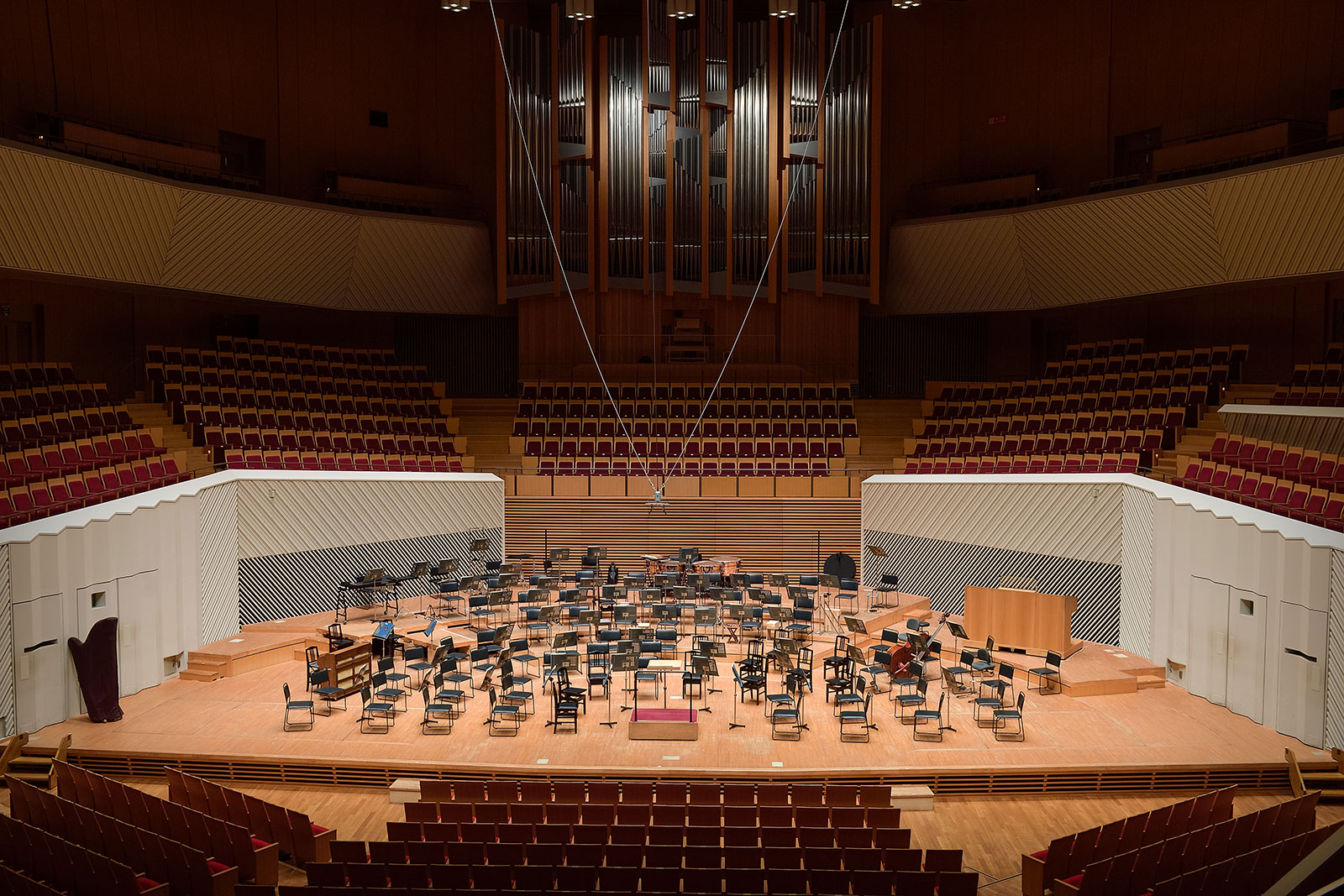
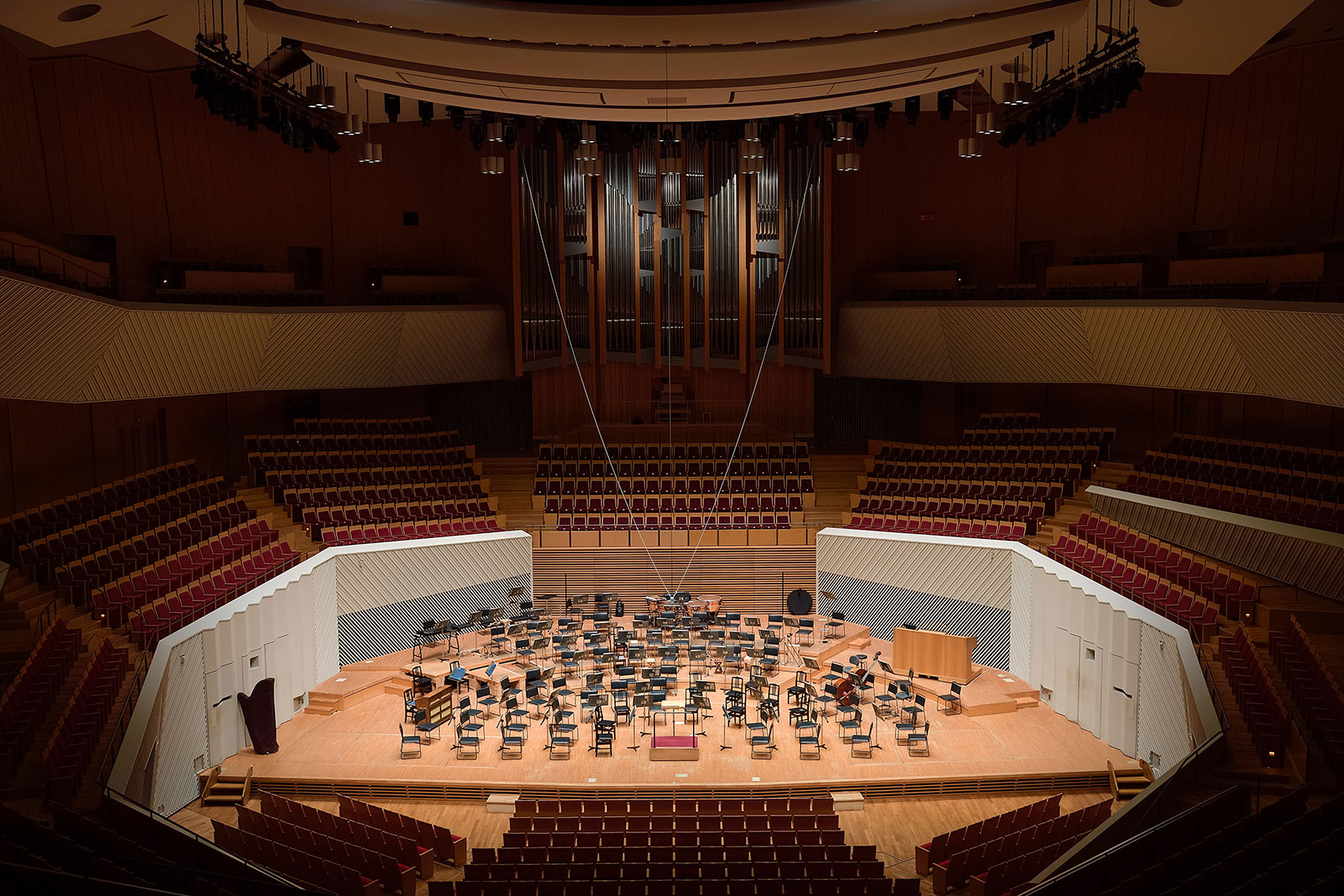
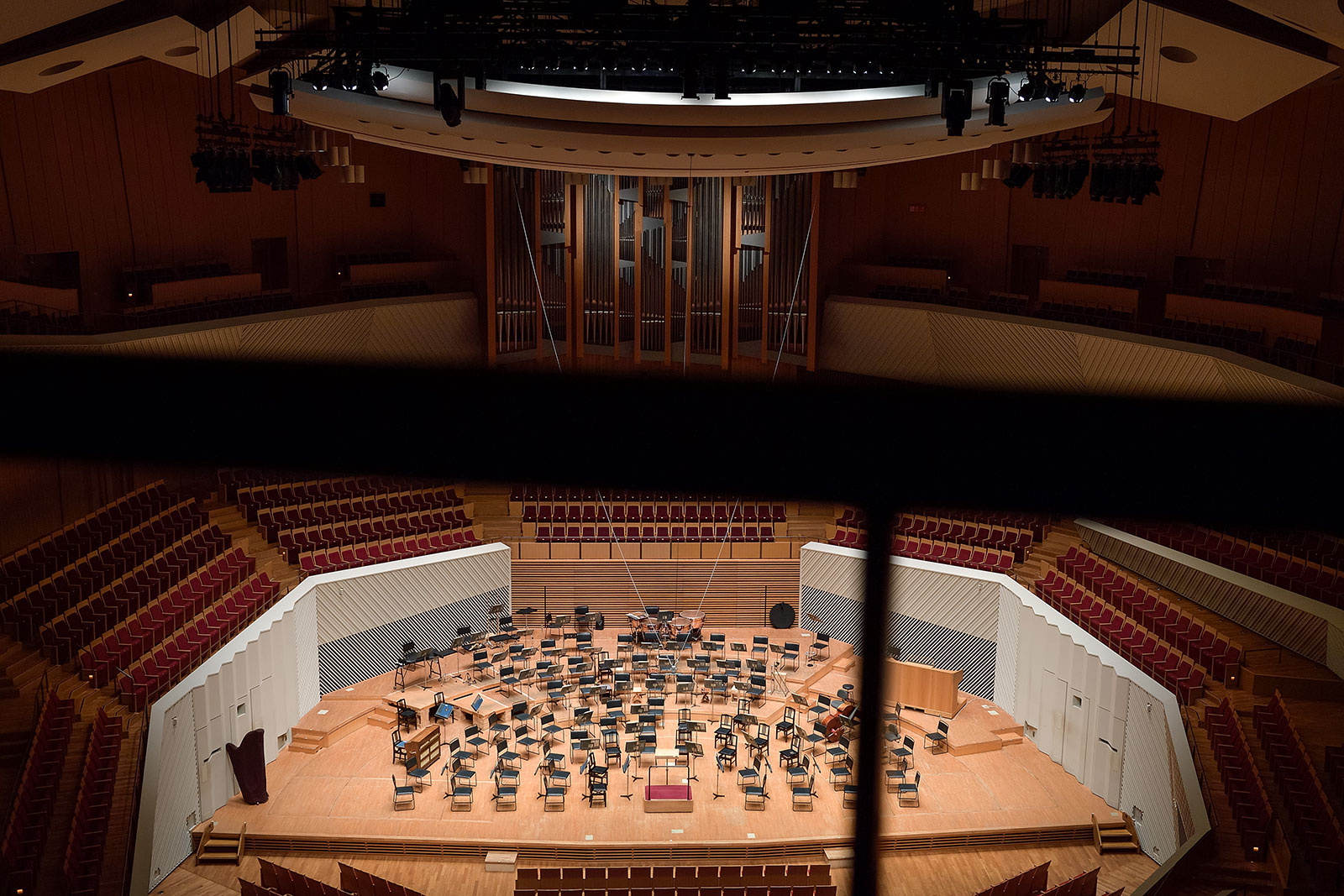
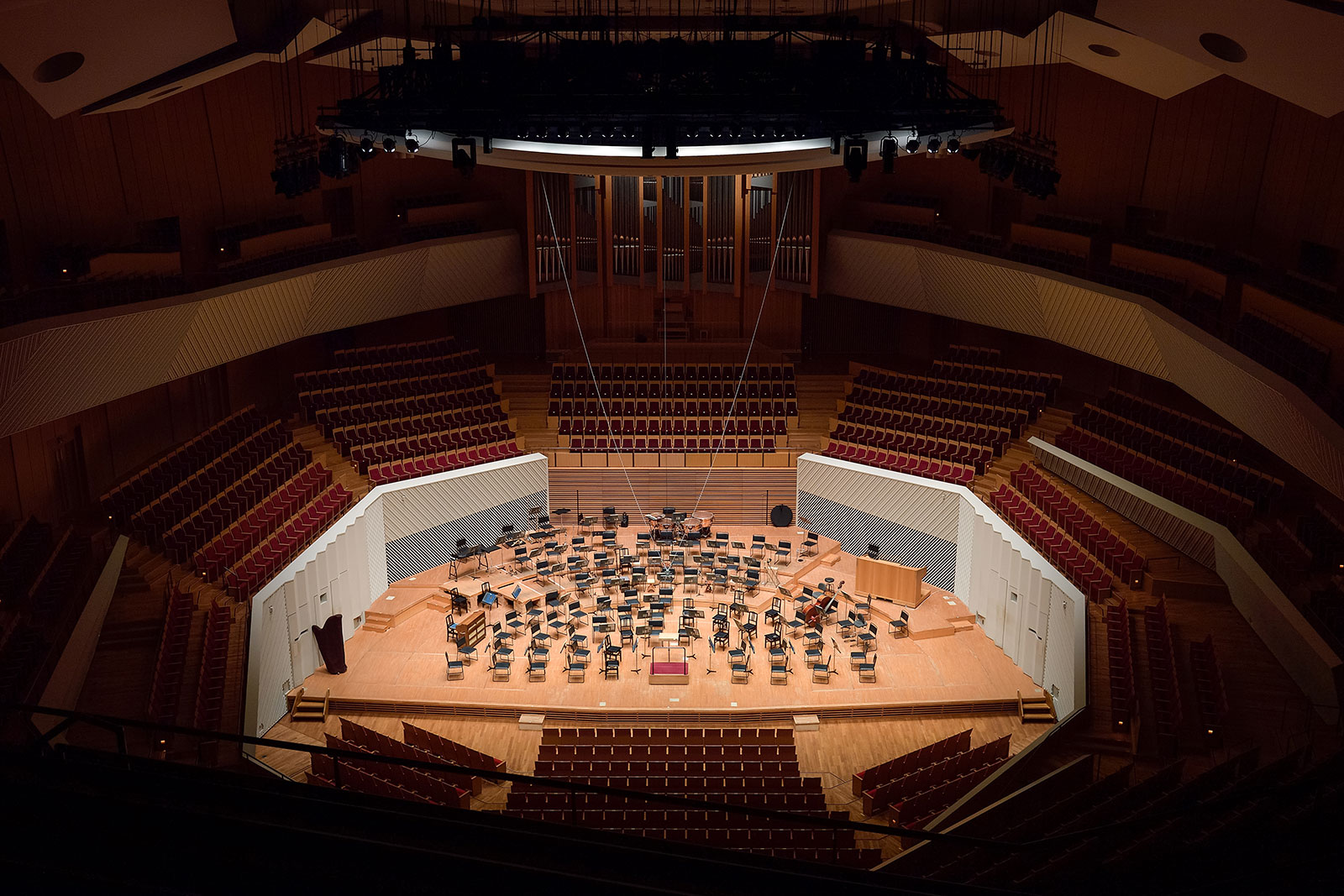
Google Street View
How to Choose Your Seats
How to choose your seats [PDF 1.9MB]
-
1C
This is a seating block where your eyes are roughly leveled with those of performers on the stage. You can appreciate the power and colorful notes of the music. The front row is close enough to the stage enabling you to take a close look at the facial expressions and body movements of the performers, you might even have eye contact with them. You will be able to enjoy unique experiences at MUZA because of a lower stage compared to many other halls in the world.
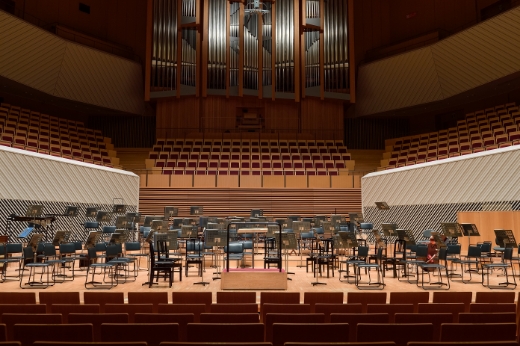
1C-Row 8-No.22 -
2CA
This seating block is very close to the stage, so you will be able to have a closeup view of the orchestra and listen to the precise sounds of music. If you attend a piano recital, you will feel that you are in the middle of the sound projection from the instrument with all the intensity and fine expressions by the pianist.
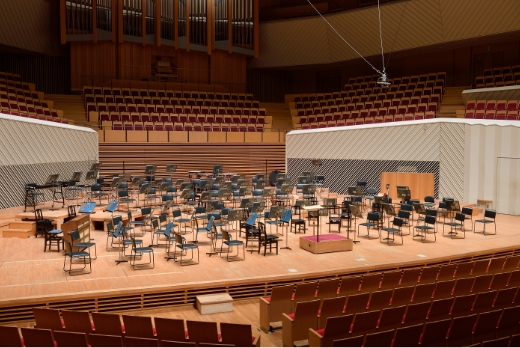
2CA-Row 1-No.6 -
2CB
This block has seats from which you can overview the whole stage at a glance. Also, you are able to fully enjoy the harmonized sounds of the orchestra spreading out from both sides as well as the rich sounds from piano recital.

2CB-Row 1-No31 -
2LA
This seating block provides you with views of the stage from behind the violins. During a piano recital, you would see the stage from behind the pianist and therefore have a close view of the keyboards and their hand movements. Please note that it is a little difficult to view the whole stage from the back row of this block.
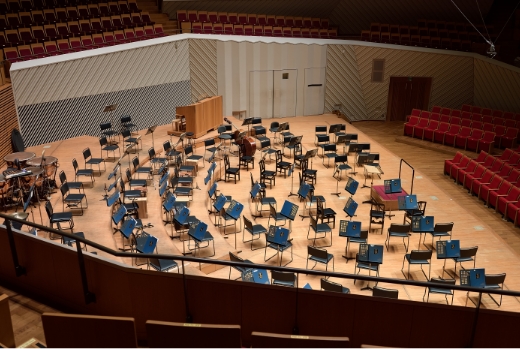
2LA-Row 4-No.24 -
2RB
The seats in this block allow you to look down on the stage from a slight angle, enabling you to see all the musical instruments of the orchestra. You can clearly hear the sounds of the wind and percussion instruments played at the stage as their sounds reach you directly. You can see the facial expressions of the pianist during the piano recital.
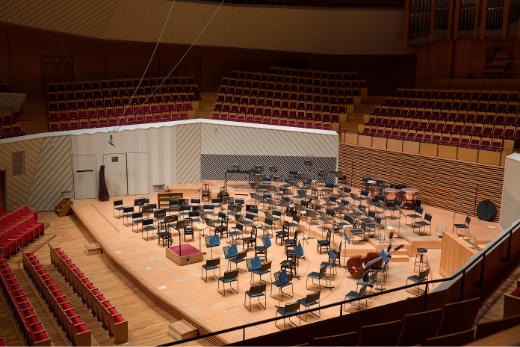
2RB-Row 4-No.6 -
2P
Sitting in this block will allow you to see the whole orchestra from behind of the stage. You will feel like you are a member of the orchestra. One of the big attractions of this block is that you can look directly at the conductor while enjoying the musical performance. The notes of a piano will reverberate, because they are directed to the front seats.
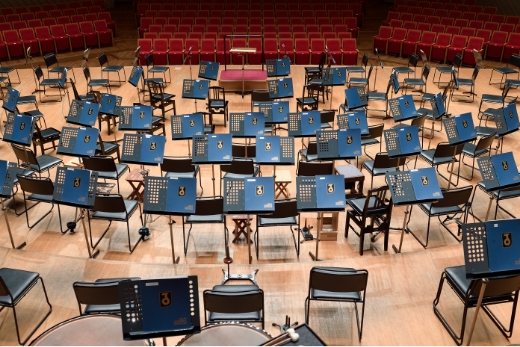
2P-Row 1-No.11 -
3C
You can hear perfectly harmonized sounds from seats in this block as they squarely face the stage. In addition, the sound reverberation from the reflector plate above the stage will make the sounds of orchestra more integrated. The seats in this block are equivalent to the front row of seats on the second floor of other halls. This is true for piano recitals as well as chamber music.
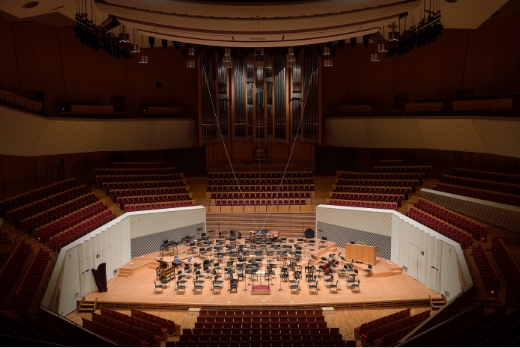
3C-Row 3-No.23 -
3LA
In this block, you will enjoy softer sounds; a mixture of direct sounds rising from the stage and rich reverberation reflecting from the panel above the stage as well as the nearby pipes of the organ. Your vision of the stage will be partially blocked by an arm rail in front of you.
The seats in this block are not recommended for those who are afraid of heights.
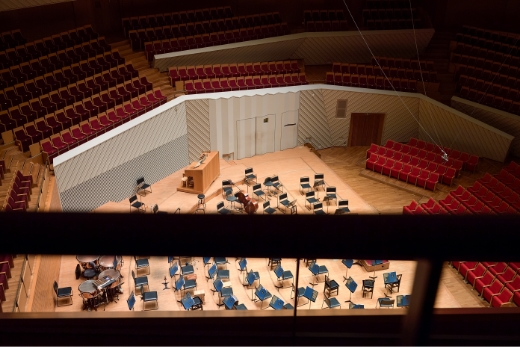
3LA-Row 2-No.19 -
4LB
Like the 3RB block on the other side of the hall, this is a seating block that enjoys a panoramic view of the orchestra spread out in a fan-like form. The direct sounds from the stage will reach you after being blended with the sound reverberation from the wall, ceiling and the reflector panel. Please note that your vision of the stage will be partially blocked.
The seats in this block are not recommended for those who are afraid of heights.

4LB-Row 1-No.22 -
4C
From this seating block, you can look down at the entire hall and stage. Although the stage is a distance away, you will still be able to experience and appreciate the beautiful music
The seats in this block are not recommended for those who are afraid of heights.
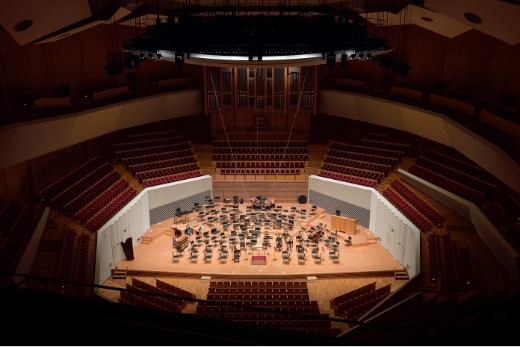
4C-Row 6-No.21

